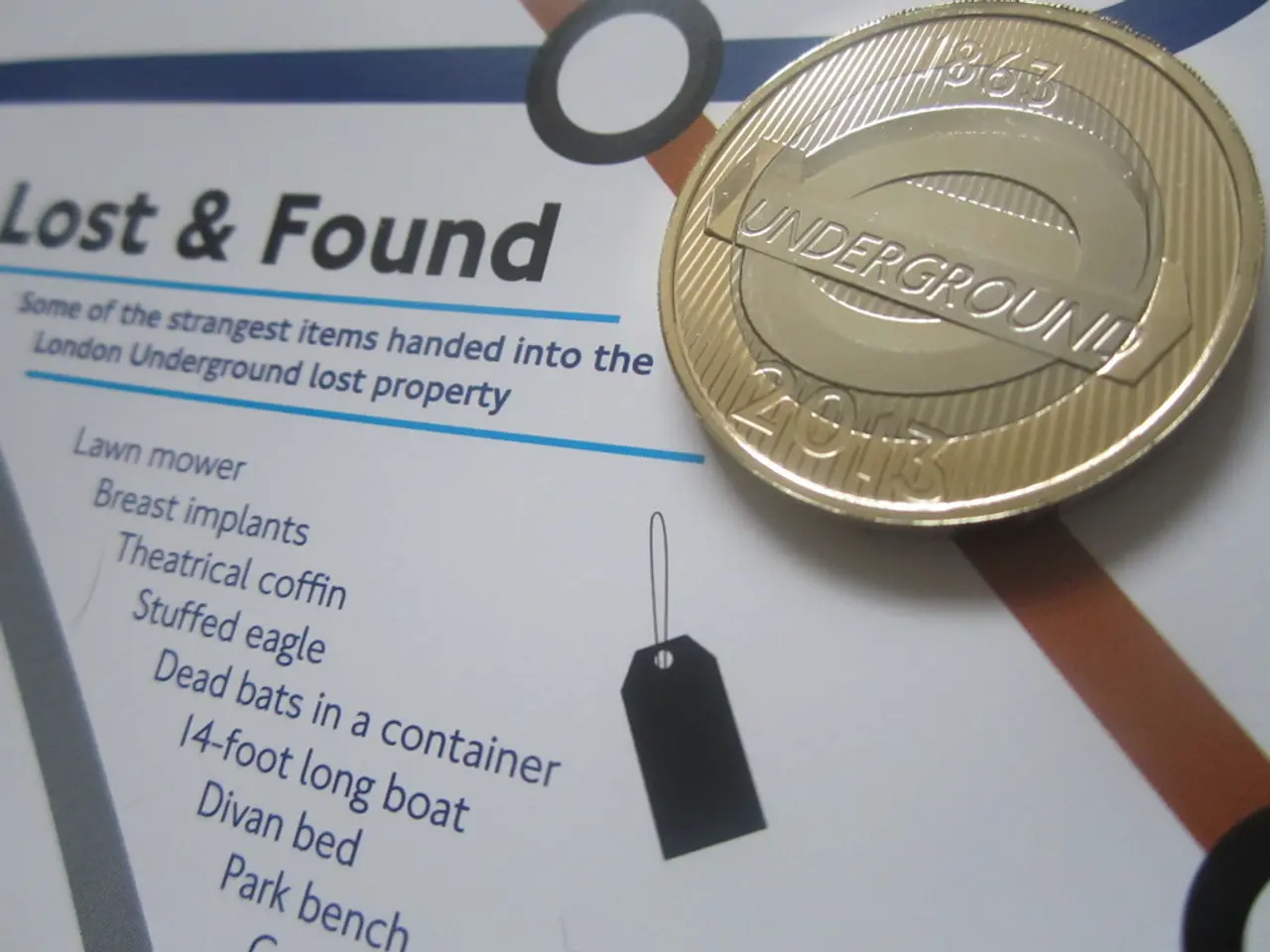Beaver Boom: Navigating the Beaver-Farmer Conundrum in Lower Saxony
Return of the Beaver Disrupts Farming Operations - Beaver comeback poses challenges for agricultural communities
Lower Saxony, Germany's heartland, is hosting a furry, water-loving cast of characters that are stirring up a bit of trouble for farmers, particularly in Pattensen, south of Hannover. Beavers are back in town, flooding indispensable farmlands and causing quite a commotion. The Lower Saxony Farmers' Association is desperate for an all-encompassing blueprint to manage these critters across the state, offering financial relief for hard-hit farmers.
Sonja Markgraf, spokesperson for Landvolk Niedersachsen, voiced the farmers' discontent: "Beaver conservation shouldn't trample agriculture," she told dpa, emphasizing the need for more beaver management initiatives.
Christian Meyer, Lower Saxony's Minister for the Environment, has promised a beaver management plan for the latter part of 2025. The plan includes a statewide contingent of beaver experts to address the rodents' pesky ways. "The beaver's comeback in Lower Saxony is a triumph of wildlife protection," Meyer stated to dpa, adding that the beaver promotes ecological water development, enhances water retention, and offers new habitats for endangered fish species.
However, the planned strategy will also address the problems and conflicts the beavers have caused. The Ministry of the Environment in Hannover cites an estimated population of between 500 to 1,000 beavers. This year's headcount is scheduled for the end of 2025.
The initial sightings of beavers occurred around 2005 in the Hannover region, with drowned farmlands and meadows appearing around 2012. According to the Nature Conservation Union (NABU) Lower Saxony, farmers have been grappling with beaver troubles for almost a decade now.
Most beavers in Lower Saxony reside in the Elbtalaue Biosphere Reserve. The Elbe, the Leine, the Aller-Oker-Drömling area, and the Emsland have become cozy homes for these rodent engineers.
Farmer Schnehage has received a switcheroo from the Hanover region for one of his inundated fields—extra land that now plays host to water buffaloes. Although the farmer isn't on the beaver's bad side, he acknowledges that finding statewide solutions for impacted citizens, businesses, municipalities, and water management associations is crucial.
Beavers' positive impact on the environment as water engineers is undeniable. Yet, they can foster problems along the Hunte river in Oldenburg by undermining the safety of dikes through their dam-building activities. The Lower Saxony Office for Water Management, Coastal Protection, and Nature Conservation (LNWKN) has stepped in to rectify the situation.
Oldenburg's dikes are at risk, as were those in 2024, due to the beavers' constructions. Impounded water levels in affected areas will be lowered this year to gain proper insights into beaver and nutria construction sites. They've also tossed out some lumber to reduce the food supply and minimize the beaver's appeal for the area.
Unlike the strict protections for beavers, nutria and muskrats are fair game for hunting. The Ministry of the Environment reported approximately 45,000 nutria deaths during the 2023/2024 hunting season, marking a 30% increase compared to the previous year.
In other wildlife management schemes, compensation for affected farmers, implementing protective measures, and collaborative efforts between conservationists, farmers, and local governments are common strategies to mitigate conflicts and strikes a balance between wildlife and agriculture.
Stay tuned for updates on Lower Saxony's beaver management plan. If you have any questions or need further resources on the topic, look no further than your local agricultural departments or wildlife management agencies.
- Lower Saxony's Farmers' Association is advocating for a community policy that balances the protection of beavers with the preservation of agriculture, providing financial support to farmers affected by these aquatic creatures.
- Christian Meyer, the Minister for the Environment in Lower Saxony, has announced a beaver management plan set to be released in late 2025, which will deploy a team of beaver experts statewide to address the issues caused by these rodents.
- The beaver's resurgence in Lower Saxony has been hailed as a triumph of wildlife protection, as they promote ecological water development, enhance water retention, and create new habitats for endangered fish species.
- The State of Hannover estimates the beaver population to be between 500 to 1,000, with the yearly count scheduled for the end of 2025.
- Farmers in Lower Saxony have been facing beaver-related issues for nearly a decade, particularly in the Hannover region, where instances of flooded farmlands and meadows became prevalent around 2012.
- Some agricultural departments and wildlife management agencies provide resources on the subject, offering guidance on collaborative efforts between conservationists, farmers, and local governments to mitigate conflicts between wildlife and agriculture.





